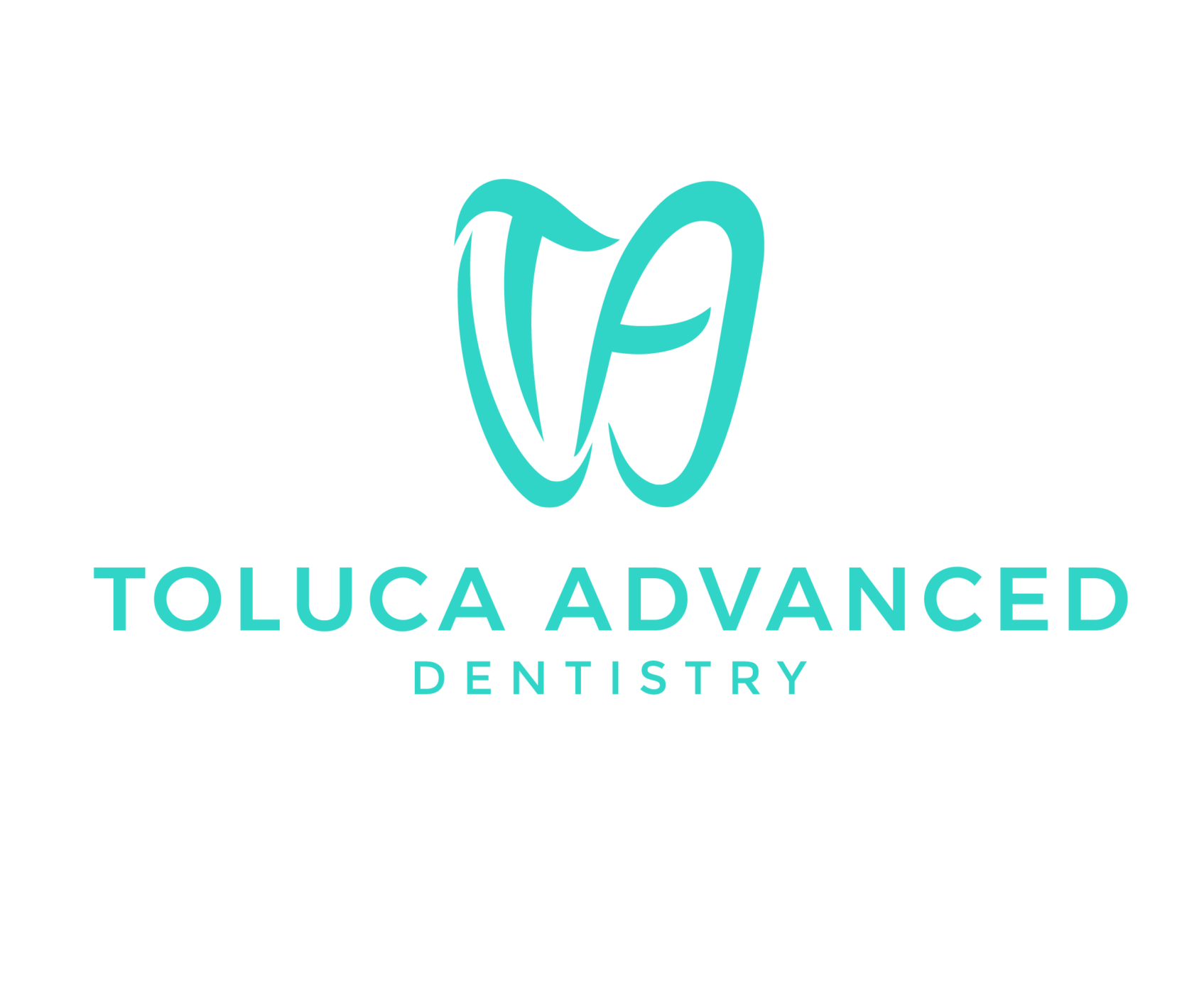Dental abscess is a type of pus that forms inside the teeth or gums. An abscess is usually caused by a bacterial infection, and is often one that has accumulated in the tooth marrow or soft tooth pulp.
Bacteria are abundant in plaque. Dental plaque is a by-product made from food, saliva and bacteria in the mouth that sticks to the tooth and damages its health and gums.
If plaque is not removed by regular brushing and flossing, the bacteria may spread to the soft tissues of the teeth or gums. This condition can eventually lead to tooth abscess.
Signs and symptoms of dental abscess include:
Pain in the affected area when biting food
Pain in the affected area when touched
Sensitivity to hot and cold food and liquids
Bad food in the mouth
Fever
Feeling of general discomfort
Difficulty opening mouth
Swallowing problems
The main symptom of dental abscess is pain. This pain may be a severe pain that usually starts suddenly. And intensifies over the next few hours or days. In some cases, the pain may spread to the ears, jaw, and neck.
There are three types of dental abscesses:
Gingival abscess: This type of abscess is only in the gum tissue and has no effect on the tooth or periodontal ligament.
Periodontal abscess: This abscess begins in the bone structures of the teeth.
Periapical abscess: This abscess starts in the soft pulp of the tooth.
The type of abscess indicates the severity and location of the symptoms.
Anyone experiencing symptoms related to dental abscess should see a dentist immediately. Dental abscesses are easily diagnosed by a qualified dentist. People who have difficulty swallowing or breathing should go to the emergency department of their local hospital immediately. If you can not see a dentist right away, see your family doctor.
Your doctor may not be able to cure the abscess, but he or she may prescribe medication and advise you on self-care and pain relief. Some treatments for abscesses include:
Incision: An abscess needs to be cut to drain the abscess pus that contains bacteria. Your dentist will use local anesthesia for you so you do not experience pain.
Treatment of periapical abscess: For these abscesses, root canal treatment or denervation is used to eliminate the symptoms and eradicate it. A drill is used to pierce a dead tooth to remove pus. In this method, any damaged tissue is removed from the tooth pulp.
Treatment of periodontal abscess: The abscess is drained and cleaned. This treatment helps the tooth heal and prevents further infections.
People with a periapical abscess who have recurrent infections may need to have the damaged tissue surgically removed. This is done by an oral surgeon.
People with periodontal abscesses and recurrent infections have to reshape their gum tissue and generally have their periodontal abscess sac removed. This surgical procedure is also performed by an oral surgeon. Even if the tooth abscess returns after the surgery, the dentist will remove and extract the tooth.
While these abscesses require specialized dental treatment, they can reduce their pain with the help of over-the-counter pain medications. Note that analgesics can only be used to reduce pain and can in no way be a substitute for going to the dentist.
Aspirin and ibuprofen are effective painkillers for reducing abscess pain. However, some types of these drugs are unsuitable for some patients and people and are not recommended for use by these people:
Ibuprofen and asthma: If you have asthma, do not take ibuprofen.
Ibuprofen and gastric ulcer: Never take this medicine if you have a gastric ulcer.
Aspirin and children: Do not give aspirin to children under 16 years of age.
Aspirin and pregnancy and lactation: Do not take aspirin if you are pregnant or breastfeeding.
Antibiotics may be prescribed for you in addition to painkillers to prevent the spread of infection. Examples are prescription antibiotics to control infection with amoxicillin or metronidazole. Under no circumstances should you take antibiotics arbitrarily. Or replace them with a visit to the dentist.
A tooth abscess is a complication of dental infection in most cases. Most of the bacteria in plaque become infected and make their way into the teeth or gums. The cause of two known and common dental abscesses is explained below:
Bacteria enter the tooth through tiny cavities caused by tooth decay or caries that form on the hard outer layer of the tooth. Caries eventually break the dentin layer of the tooth and destroys it. If caries continue, the hole will eventually penetrate the soft pulp inside the tooth and contaminate it. This condition is called pulpitis or inflammation and infection of the tooth marrow. As the pulp progresses, the bacteria move to the alveolar bone that surrounds and supports the tooth, causing a periapical abscess.
When bacteria in dental plaque infect the gums, the patient develops periodontitis. The gums become inflamed in this condition, which causes the tissue around the root of the tooth to separate from the base of the tooth.
When the periodontal ligament separates from the root, a small incision forms. This gap gets dirty easily and is very difficult to clean. As bacteria grow in this condition, periodontal abscesses form.


